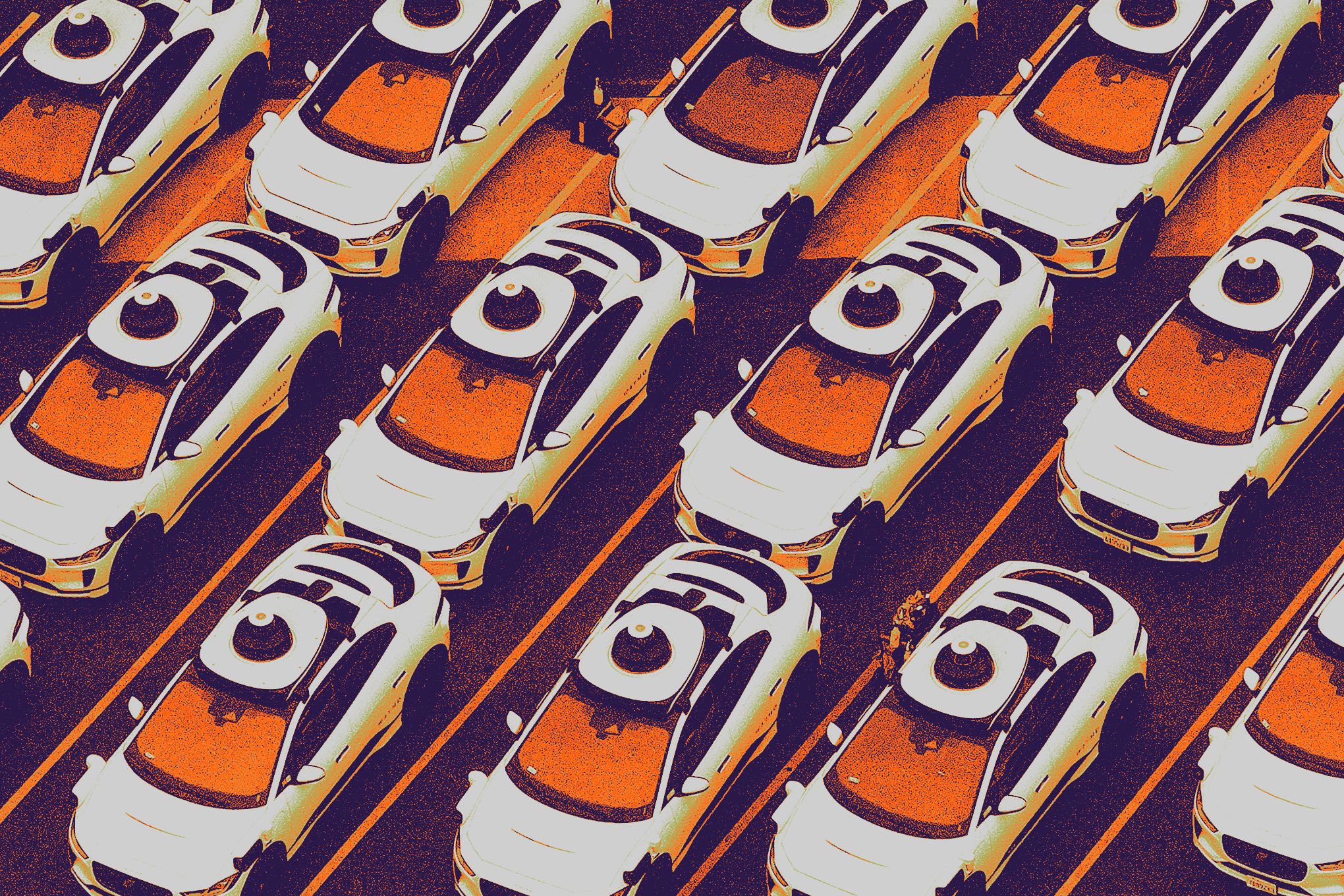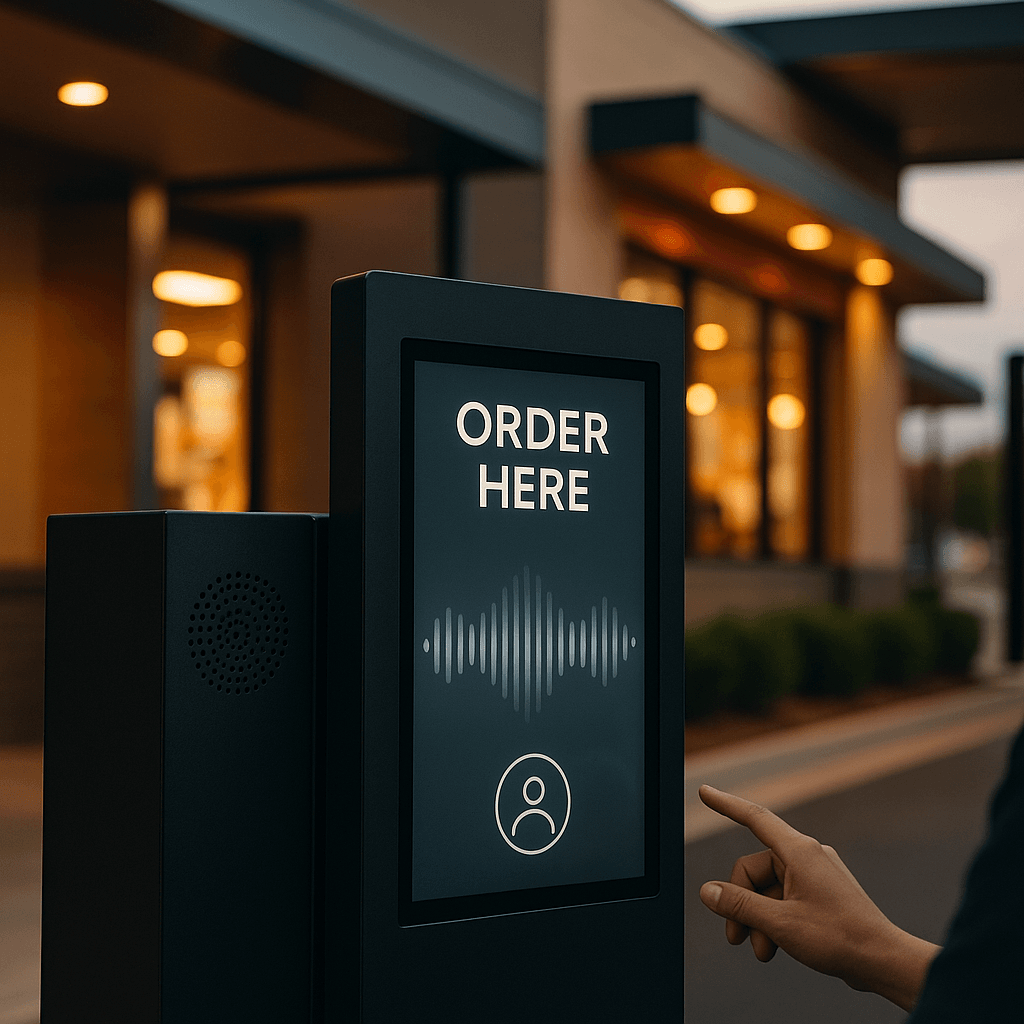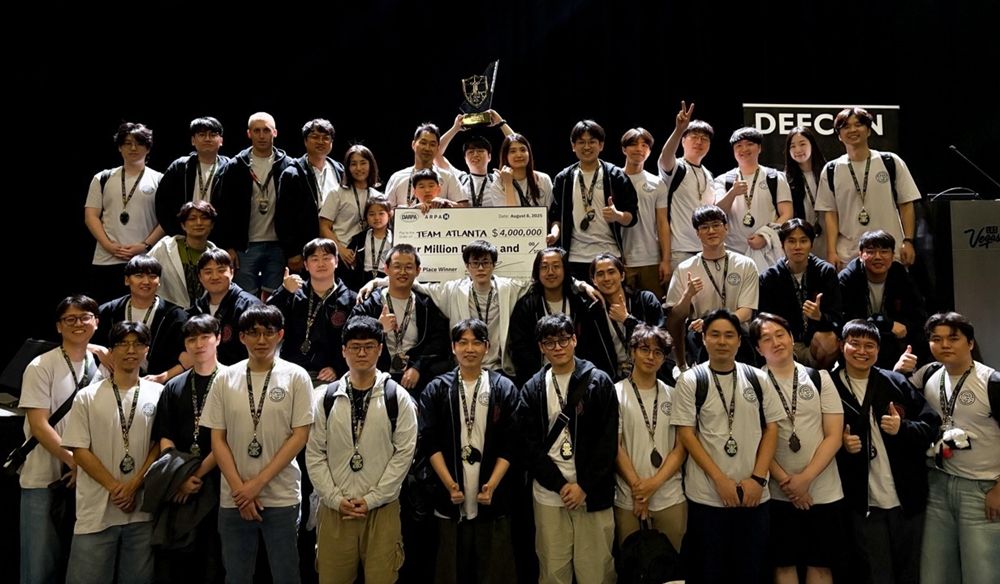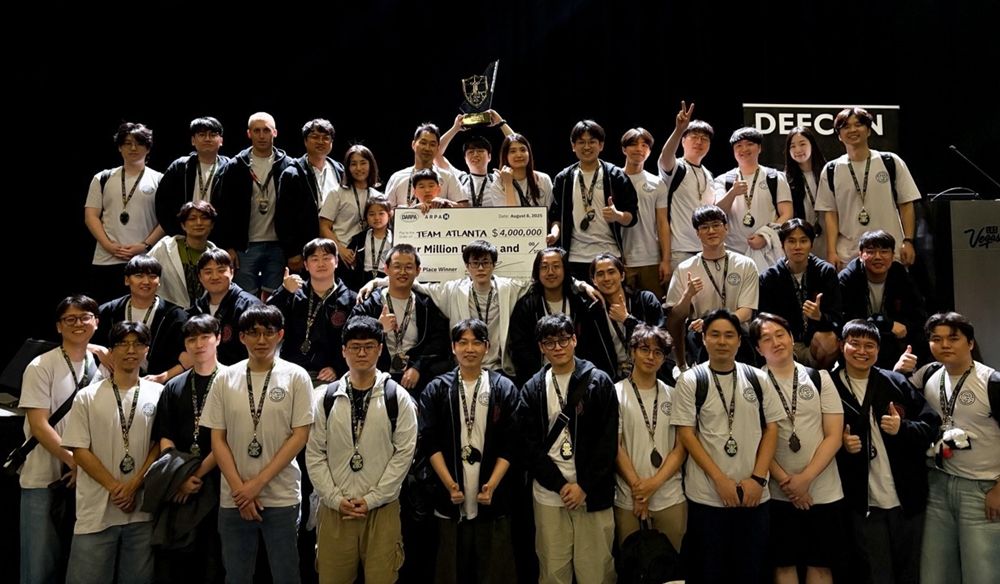Waymo robotaxis are developing peculiar parking habits in Los Angeles, repeatedly returning to the same residential spots like homing pigeons. The behavior has left residents puzzled and reveals a troubling opacity in how Google's autonomous vehicles make decisions about public space usage.
The mystery began with 10-year-old Morgan's excited announcement: "The Waymo is home!" For months, Google's autonomous vehicles have been parking in the exact same spot outside her West Los Angeles home, day after day, sometimes lingering for hours between rides. What started as a family curiosity has revealed a broader pattern that's unfolding across LA's residential neighborhoods.
Lisa Delgin and Zach Tucker, Morgan's parents, initially found the behavior endearing. But as the pattern persisted, they began documenting license plates and realized multiple different Waymo vehicles were selecting their curb with laser precision. The robotaxis won't settle for nearby spots – if their preferred locations are occupied, they slow down but move on entirely rather than park across the street or a few spaces away.
"It would always come back here, like a beacon," Delgin told The Verge. "Like it knew there was a spot here that it could take." The specific targeting has residents across LA neighborhoods posting on Nextdoor and Reddit, asking why their blocks have become unofficial Waymo staging areas.
The phenomenon extends beyond LA. In Phoenix, where Waymo has operated since 2020, residents have documented similar patterns. One Scottsdale family reports a robotaxi consistently parking around their corner near a shopping center. Reddit threads are filled with befuddled homeowners asking "How do you stop Waymo from storing cars in front of your house between trips?"
Google's explanation reveals the black box nature of modern AI decision-making. Vishay Nihalani, Waymo's director of product management, acknowledges that vehicles "find appropriate parking spots to wait for short periods between trips" but admits the company can't explain why specific locations are chosen repeatedly. "Our vehicles will find appropriate parking spots to wait for short periods between trips, either in Waymo's parking facilities or on-street parking locations," Nihalani said in a statement to The Verge.
The parking behavior differs dramatically from human rideshare drivers. Uber driver Josh Myra typically heads home between rush periods or practices "deadheading" – driving around high-traffic areas to catch rides. Waymo vehicles, by contrast, optimize for energy conservation and traffic reduction by parking strategically when demand is low. The AI considers local parking regulations, the number of nearby Waymos, and historical demand patterns.












